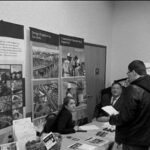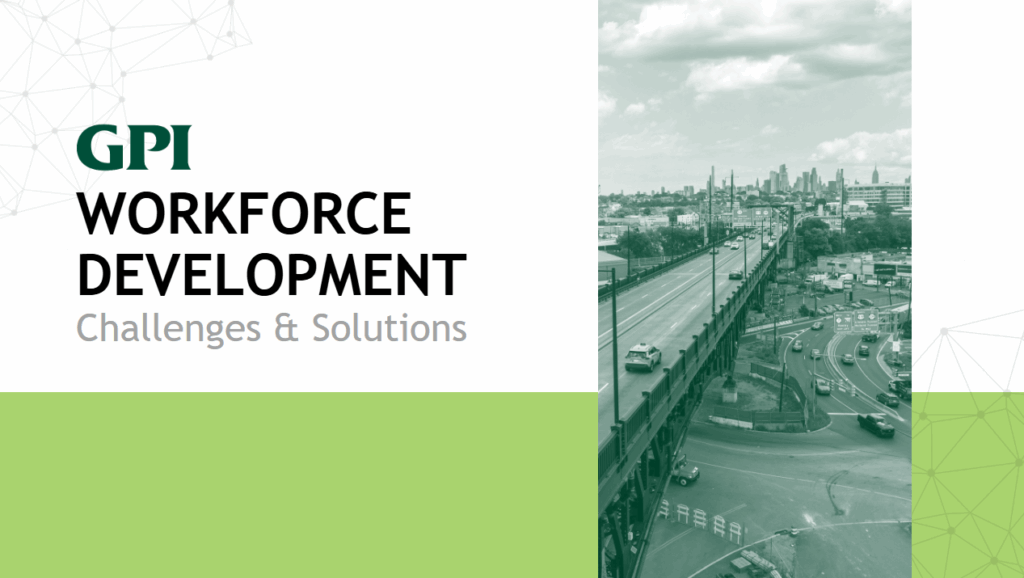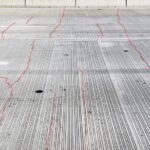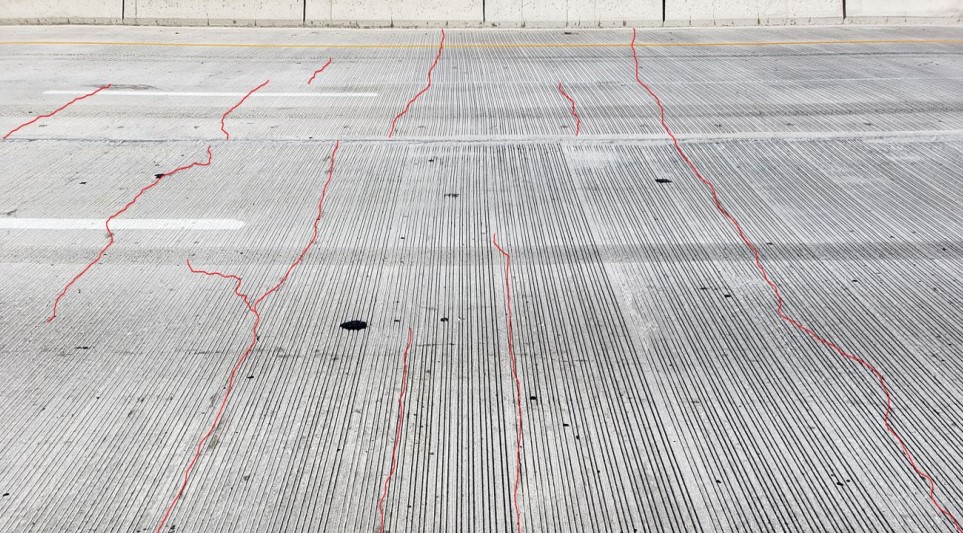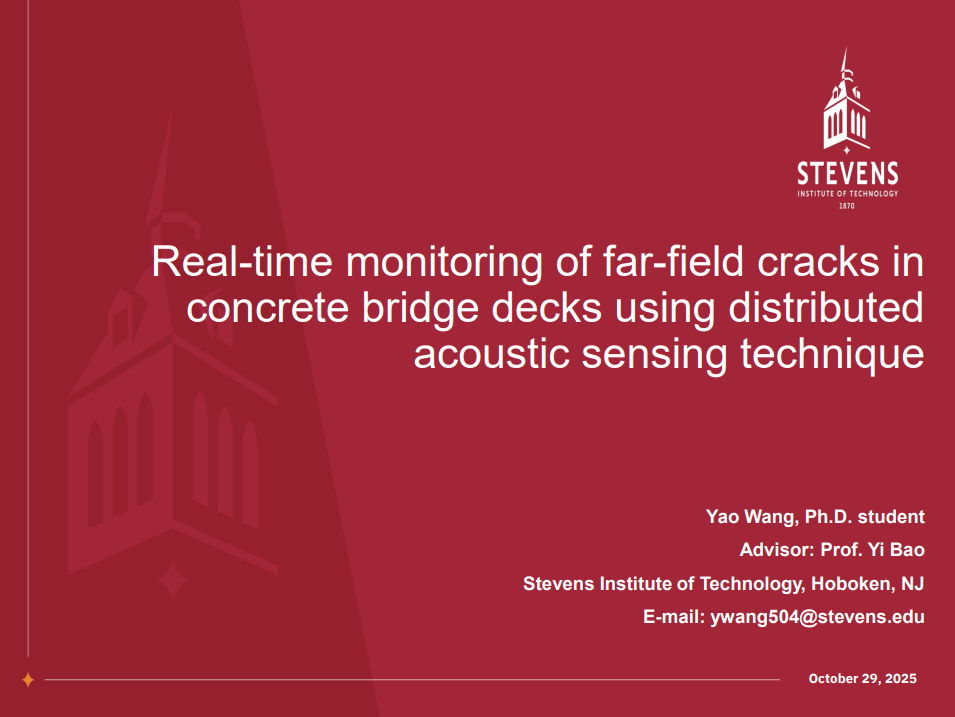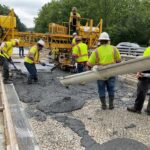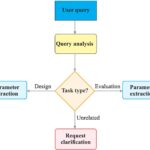Presenter: Dave Wagner & Dave Kuhn
Organization: Greenman Pedersen, Inc.
STRATEGIC WORKFORCE DEVELOPMENT
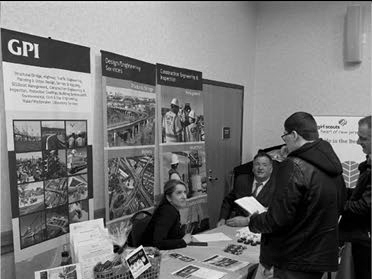
Abstract:
GPI is a consulting engineering firm with a staff of over 1,800 employees in 17 Branch Offices and 40 additional Regional offices. GPI is an award-winning, multi-discipline engineering firm that has been providing professional design, building systems, planning and construction management/ inspection services to all levels of government and industry throughout the United States for nearly 60 years.
Our workforce development procedure is to attract, retain, engage, and grow talent. In order to attract talent, we offer a robust benefit package, we keep our website (www.gpinet.com) current, and we are very active in recruitment. We retain our talent by keeping the interest of our staff through mentorships, career development meetings, providing training opportunities, and involvement with professional affiliations. Engaging talent involves providing interesting opportunities, promoting a team environment, and having fun. We continuously grow our talented staff by providing opportunities within our organization. GPI is poised to face the challenges that the engineering industry is facing by providing opportunities in a dynamic work environment.
Dave Wagner is an experienced Department Director, Project Manager, and an expert in Asset Management Systems, Geographic Information Systems (GIS), and custom application developments for transportation projects. Mr. Wagner has 30 years of project experience for New Jersey public agencies including NJDOT, NJ Transit, DRJTBC, NJDEP, NJ Treasury, counties, and numerous transportation agencies throughout the United States. Mr. Wagner is actively involved in GPI’s workforce development efforts. He is involved in recruiting and interviewing prospective talent, along with developing and retaining them once they are part of the GPI Team. He has worked at the ground level with summer interns, as well as the continuous development of project managers and key office staff. Mr. Wagner is a certified Geographic Information Systems Professional (GISP), and also holds a Master of Business Administration (MBA).
David Kuhn, PE, serves as Vice President and Director of Philadelphia Operations at GPI while continuing to lead and support projects in New Jersey, including the Strategic Highway Safety Plan and Local Road Safety Plans in South Jersey Counties and Municipalities. Dave’s 38 years of experience includes 30 years at NJDOT, where he served as Assistant Commissioner of Capital Investment, Planning and Grant Administration for over seven years.

